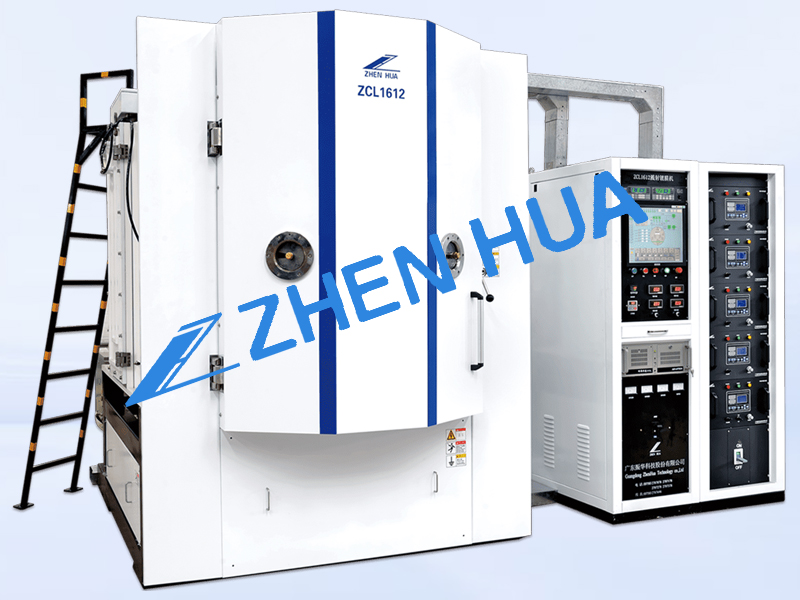The process of cathodic arc source ion coating is basically the same as other coating technologies, and some operations such as installing workpieces and vacuuming are no longer repeated.
1.Bombardment cleaning of workpieces
Before coating, argon gas is introduced into the coating chamber with a vacuum of 2×10-2Pa.
Turn on the pulse bias power supply, with a duty cycle of 20% and a workpiece bias of 800-1000V.
When the arc power is turned on, a cold field arc light discharge is generated, which emits a large amount of electron current and titanium ion current from the arc source, forming a high-density plasma. The titanium ion accelerates its injection into the workpiece under the negative high bias pressure applied to the workpiece, bombarding and sputtering the residual gas and pollutants adsorbed on the surface of the workpiece, and cleaning and purifying the surface of the workpiece; At the same time, the chlorine gas in the coating chamber is ionized by electrons, and argon ions accelerate the bombardment of the workpiece surface.
Therefore, the bombardment cleaning effect is good. Only about 1 minute of bombardment cleaning can clean the workpiece, which is called “main arc bombardment”. Due to the high mass of titanium ions, if a small arc source is used to bombard and clean the workpiece for too long, the temperature of the workpiece is prone to overheating, and the tool edge may become soft. In general production, small arc sources are turned on one by one from top to bottom, and each small arc source has a bombardment cleaning time of about 1 minute.
(1)Coating titanium bottom layer
In order to improve the adhesion between the film and substrate, a layer of pure titanium substrate is usually coated before coating titanium nitride. Adjust the vacuum level to 5×10-2-3×10-1Pa, adjust the workpiece bias voltage to 400-500V, and adjust the duty cycle of the pulse bias power supply to 40%~50%. Still igniting small arc sources one by one to generate cold field arcing discharge. Due to the decrease in the negative bias voltage of the workpiece, the energy of titanium ions decreases. After reaching the workpiece, the sputtering effect is less than the deposition effect, and a titanium transition layer is formed on the workpiece to improve the bonding force between the titanium nitride hard film layer and the substrate. This process is also the process of heating the workpiece. When the pure titanium target is discharged, the light in the plasma is azure blue.
1.Ammoniated bowl hard film coating
Adjust the vacuum degree to 3×10-1-5Pa, adjust the workpiece bias voltage to 100-200V, and adjust the duty cycle of the pulse bias power supply to 70%~80%. After nitrogen is introduced, titanium is combination reaction with the arc discharge plasma to deposit titanium nitride hard film. At this point, the light of the plasma in the vacuum chamber is cherry red. If C2H2, O2, etc. are introduced, TiCN, TiO2, etc. film layers can be obtained.
–This article was released by Guangdong Zhenhua, a vacuum coating machine manufacturer
Post time: Jun-01-2023


